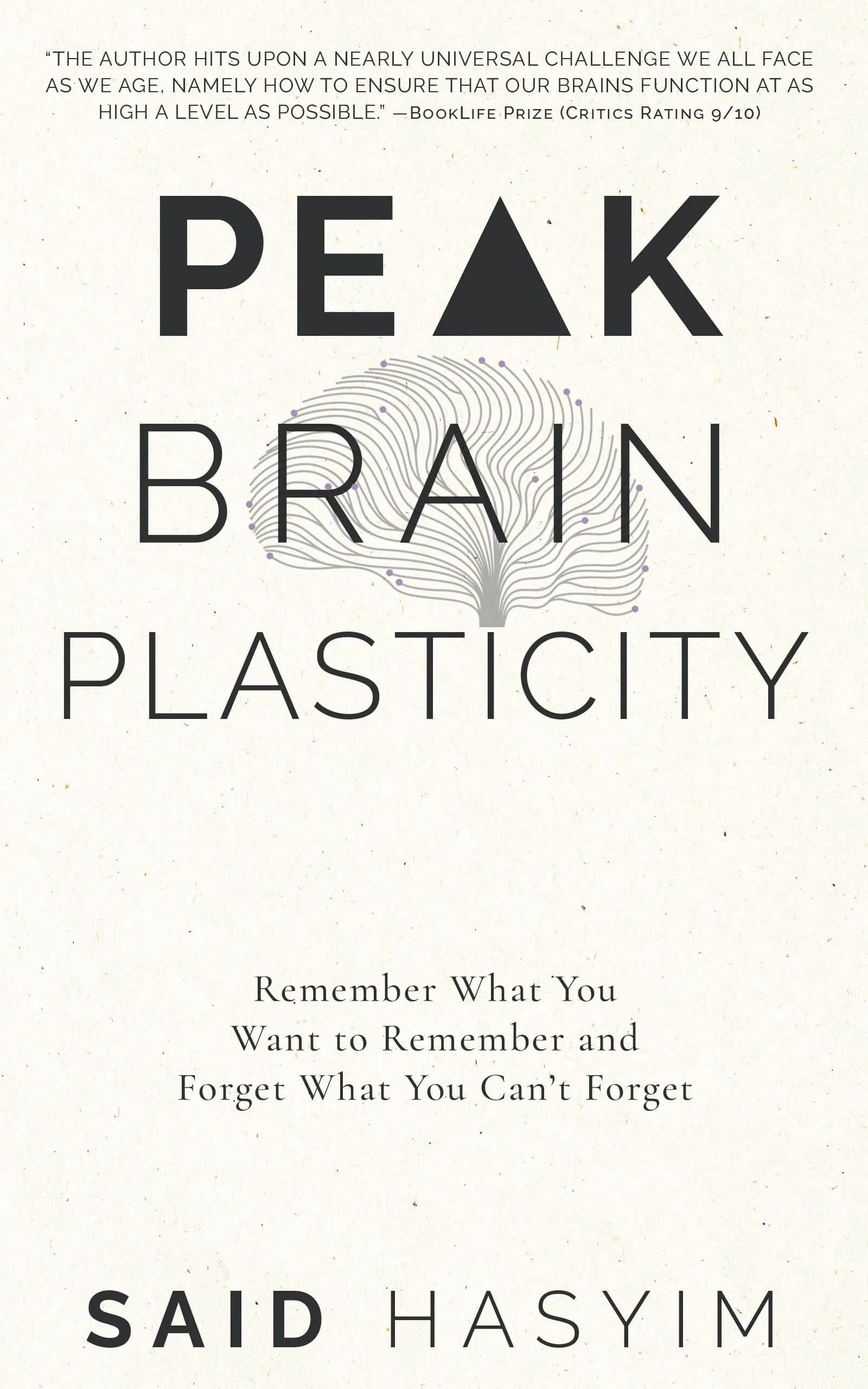Learning Styles: Tailoring Memory Techniques
In the fast-paced world we live in today, effective learning strategies are more crucial than ever. Identifying how we learn best can elevate our ability to absorb and retain information. One of the critical components of learning is memory. In this blog post, we will delve into various learning styles and how to tailor memory techniques accordingly. By understanding your learning preferences, you can craft a personalized learning experience that enhances your overall retention and comprehension.
Understanding Learning Styles
Before diving into memory techniques, it's essential to understand what we mean by learning styles. The concept of learning styles refers to the idea that individuals have preferred ways of absorbing, processing, and retaining new information. Various frameworks categorize these learning styles, but two of the most widely recognized models include:
VARK Model - This model categorizes learners based on four modalities:
- Visual: Learners who prefer images, diagrams, and spatial understanding.
- Auditory: Learners who benefit from listening to information, such as lectures and discussions.
- Reading/Writing: Those who favor written words and text as their primary source of learning.
- Kinesthetic: Learners who thrive with hands-on experiences and physical activity.
Multiple Intelligences Theory - Proposed by Howard Gardner, this framework suggests that people have different kinds of intelligences, including:
- Linguistic
- Logical-mathematical
- Spatial
- Bodily-kinesthetic
- Musical
- Interpersonal
- Intrapersonal
- Naturalistic
Understanding which category you belong to can help you tailor your study strategies, especially when it comes to memory.
Tailoring Memory Techniques
Once you've identified your learning style, you can implement memory techniques that align with your preferences. Here are some tailored strategies based on the different learning modalities:
Visual Learners
Techniques:
Mind Mapping: This technique allows you to create a visual representation of the information you need to learn. Start with a central idea and branch out to related concepts and details, using colors and images to enhance memory retention.
Charts and Graphs: Utilize visuals like charts, graphs, and infographics to organize and simplify complex information. This facilitates easier recall during learning sessions.
Flashcards: Create flashcards with images or diagrams on one side and definitions or explanations on the other. This encourages active engagement and visual association.
Auditory Learners
Techniques:
Discussion Groups: Engage in study groups where you can discuss the material out loud. This reinforces learning through verbalization and facilitates the exchange of ideas.
Recording Lectures: If allowed, record lectures and listen to them again during your study time. Hearing the material can help solidify your understanding.
Rhymes and Songs: Create rhymes or songs to memorize information. The rhythm and melody can enhance your ability to recall key concepts.
Reading/Writing Learners
Techniques:
Summarization: After reading a section of material, summarize it in your own words. Writing helps reinforce the information in a way that is meaningful to you.
Lists and Outlines: Use bullet points and outlines to organize your notes. This structure makes it easier to review and recall pertinent information later.
Journaling: Maintain a learning journal where you record insights, thoughts, and reflections related to your learning journey. This not only aids memory but deepens your understanding.
Kinesthetic Learners
Techniques:
Hands-On Activities: Engage in experiments, models, or simulations if applicable. Physical involvement can greatly enhance memory retention for kinesthetic learners.
Role-Playing: Act out scenarios related to the material. For instance, if learning about historical events, participate in reenactments of those events.
Movement Breaks: Incorporate short breaks that involve movement during study sessions. Stretching or doing a quick exercise can help reset your focus and enhance memory.
Integrating Techniques for a Holistic Approach
While it's beneficial to tailor memory techniques to your primary learning style, it's essential to note that many individuals are not limited to just one style. Combining various strategies can produce a more effective learning experience.
For example, you might be primarily a visual learner but also benefit from auditory methods. By creating visual aids while discussing the material with peers, you engage multiple senses, making the learning experience richer.
Consider also the use of technology in your approach. Educational apps and tools often cater to multiple learning styles, offering interactive quizzes, videos, and visual aids.
Conclusion
In conclusion, understanding your learning style is key to developing effective memory techniques that enhance your ability to absorb and retain information. By aligning your study strategies with your preferred modalities—whether visual, auditory, reading/writing, or kinesthetic—you can create a more personalized and impactful learning experience.
Experiment with various techniques, and don't be afraid to mix and match. The ultimate goal is to find what works best for you, turning your learning process into an engaging and fruitful journey. Whether you’re a student, a lifelong learner, or someone looking to pick up a new skill, tailoring memory techniques to your learning style can lead to remarkable improvements in your retention and understanding.
Happy learning!
Harness the Power of Neuroplasticity
Discover Peak Brain Plasticity, a practical book to harnessing neuroplasticity. Enhance your memory, learn new languages quickly, and alleviate anxiety with effective study methods. Uncover daily habits that impact cognitive health and explore techniques for accelerated learning and memory retention. Unlock your brain's potential for growth and transformation.
